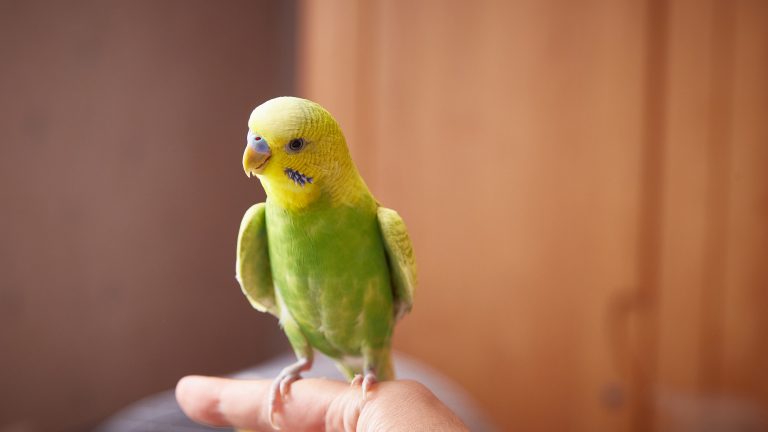Moving to a new house can be a challenging experience for both humans and their feathered companions. If you’re a proud parrot owner and planning a move, it’s crucial to consider the unique needs of your avian friend. Here are some essential rules to ensure a smooth transition for your parrot to its new home.
Rule 1: Plan Ahead for Your Parrot’s Move
Before the moving day, start preparing your parrot for the upcoming changes. Birds are creatures of habit, so introducing small alterations to their daily routine can help them adjust gradually. Begin by placing their cage in a designated room where they can observe the packing and moving process. This will help them get used to the commotion and reduce stress on the actual moving day.
Rule 2: Maintain Familiarity
Parrots thrive on routine, so try to keep their surroundings as familiar as possible. Use the same cage, toys, and feeding dishes in the new home. Ensure that the new location for their cage is similar in terms of lighting, temperature, and noise levels to their old environment. Familiarity can go a long way in helping your parrot feel safe and secure during the transition.
The actual moving day can be a whirlwind of activity, which can be overwhelming for your parrot. Here are some rules to follow during this crucial phase of the move.
Rule 3: Secure Your Parrot’s Safety
On moving day, it’s essential to ensure your parrot’s safety. Place your feathered friend in a secure travel cage or carrier that is well-ventilated and comfortable. Provide them with fresh water and some of their favorite toys to keep them occupied during the journey. Keep the cage covered to reduce stress caused by the unfamiliar surroundings.
Rule 4: Choose a Quiet Location
During the move with Paradise Moving & Storage, try to keep your parrot away from the hustle and bustle of the packing and loading process. Find a quiet and safe spot in your old home where your parrot can stay until it’s time to leave. This will minimize stress and anxiety for your bird.
Once you’ve arrived at your new house, it’s time to help your parrot adapt to its new surroundings.
Rule 5: Gradual Introduction
When you arrive at your new home, place your parrot’s cage in a quiet and familiar location. Allow your bird some time to acclimate to the new environment. Covering their cage initially can provide a sense of security. Gradually, as your parrot becomes more comfortable, you can start uncovering the cage and letting them explore their new surroundings under supervision.
Rule 6: Re-establish Routine
As soon as possible, re-establish your parrot’s daily routine. This includes feeding, playtime, and sleep schedules. Consistency will help your parrot regain its sense of security and familiarity in the new home.
Rule 7: Be Patient and Observant
Adapting to a new home can take time for your parrot. Be patient and attentive to your bird’s behavior. Watch for signs of stress, such as excessive vocalizations, feather plucking, or changes in appetite. If you notice any unusual behavior, consult with a veterinarian who specializes in avian care.
Rule 8: Gradual Introduction to New People and Pets
If you have other pets or family members, introduce them to your parrot slowly and under supervision. Ensure that interactions are positive and stress-free. Parrots can be sensitive to changes in their social environment, so take your time in integrating them into the new family dynamic.
In conclusion, moving to a new home with your parrot can be a smooth and successful transition if you follow these eight rules. With careful planning and consideration for your feathered friend’s needs, you can ensure that your parrot adapts comfortably to its new environment.

